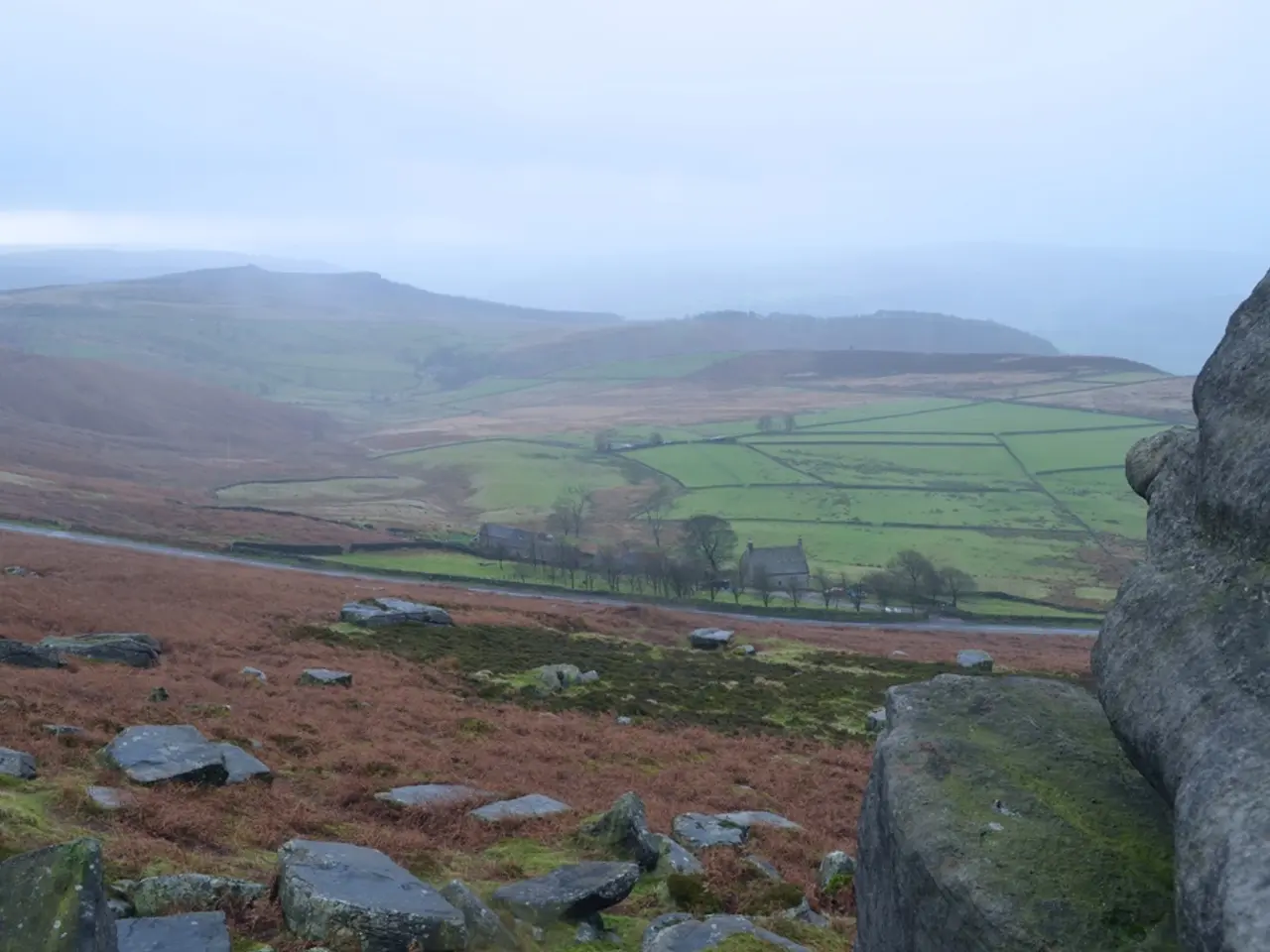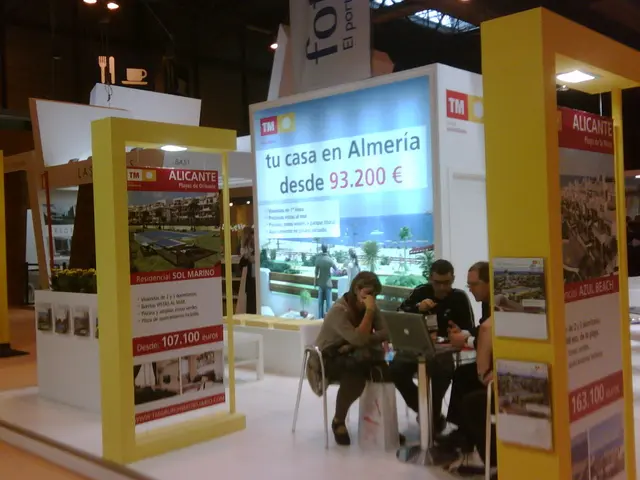Focus on agricultural specialisation and sustainable energy sources, ensuring tourism remains a priority
In the southern region of Spain, Andalusia, a structural unemployment issue has been a persistent challenge, affecting all social strata since the mid-1980s. However, the region's tourism and agricultural sectors have been key contributors to its economy.
The tourism sector accounted for around 10% of the total affiliations of the Andalusian economy in 2021, driving the growth of other sectors, particularly construction. Meanwhile, the agricultural sector in Andalusia is significant, occupying 20% of Spain's cultivable surface and ranking second among the autonomous communities, behind Castile and León.
Recognising the need for diversification and competitiveness in a globalised market, political parties in Andalusia have proposed strategies focusing on diversifying tourism beyond traditional sun-and-beach models. These strategies emphasise promoting sustainable, cultural, rural, and experiential tourism to attract a broader range of visitors and distribute tourism more evenly across the region.
Key strategic proposals include diversifying tourism products, balanced distribution of visitors, sustainable development focus, and leveraging global market trends. These strategies aim to enhance Andalusia’s tourism competitiveness globally, utilising cultural heritage, natural landscapes, and responsible tourism principles.
In the agricultural sector, vegetables occupy only 4.1% of the entire Andalusian countryside. Olives, however, play a significant role, with olive groves representing half of all the cultivable surface area in Andalusia. Despite this, olive oil, the star product of Andalusia, is now facing stiff competition from other countries that produce and export it cheaper.
To counter this, the Andalusian countryside is increasingly specialising, with the cultivation of organic products being one way. This shift towards sustainability is not limited to agriculture; Andalusia has the necessary tools to lead the change towards a new energy model, as it is the eighth autonomous community with the highest proportion of installed renewable electricity capacity in Spain.
The tourism sector's future challenge is to shift from sun and beach to other areas to make tourists spend more money. This shift is essential, as foreign tourists spend an average of 114 euros per day in Andalusia, compared to Spanish tourists who spend little more than 49 euros.
However, this shift is not without challenges. The volatility of jobs linked to tourism has created a favourable environment for the informal economy to flourish, with many immigrant populations being forced to live in a "black market" labor market. Many olive groves also struggle, surviving thanks to subsidies but unable to improve labor conditions or workers' salaries.
Looking ahead, sociologist Rafael Martínez from Granada believes that new population groups will arrive in Andalusia in the coming years, seeking a better climate or to supply labor shortages in certain sectors. With Andalusia's gross potential of over 300,000 MW of renewable electricity still to be exploited, the region has the opportunity to lead the way in sustainable energy production and tourism, ensuring a brighter and more competitive future.
The political parties in Andalusia are focusing on diversifying the tourism sector, emphasizing sustainable, cultural, rural, and experiential tourism, with the aim of utilizing cultural heritage, natural landscapes, and responsible tourism principles to enhance its competitiveness globally and attract a broader range of visitors.
In an effort to improve the competitiveness of both sectors, Andalusia has the necessary tools to lead the change towards a new energy model, given its position as the eighth autonomous community with the highest proportion of installed renewable electricity capacity in Spain, and the potential to exploit over 300,000 MW of renewable electricity still to be harnessed.




